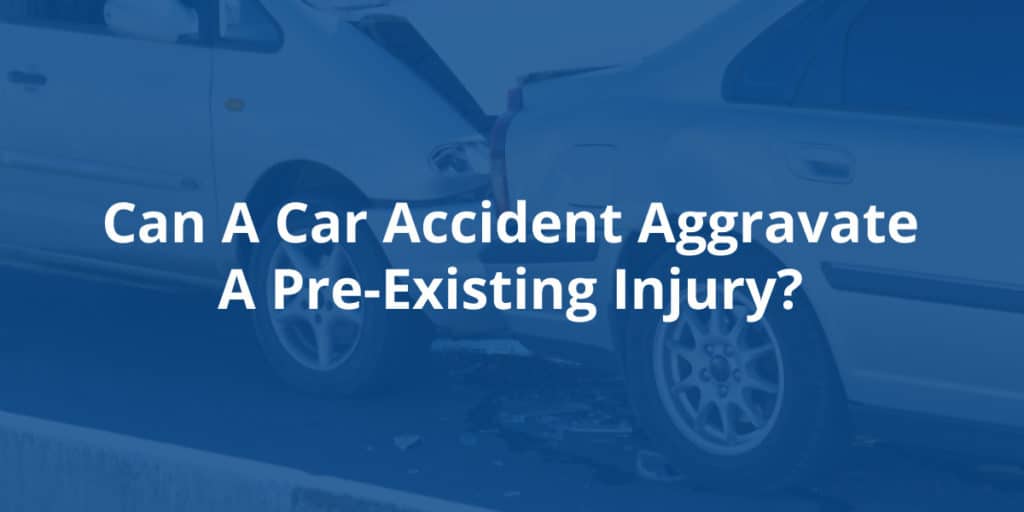

If you are driving a car, the briefest element of inattention can spell disaster. If travelling at 60 miles per hour, you are talking aboutĩ0 feet per second or 30 yards in the blink of an eye. So 30 mph means 15 + 30 = 45 feet per second. If you take your speed in miles per hour, divide it by two and then add the figures together, you get approximately the distance travelled in feet per second. There's a quick ready reckoner for speed and distance travelled. This isn't just about paying attention, it's about being aware of just how easy it is to miss something in the road. If you are the at fault driver you'll have to claim on your own insurance, you will lose you no claims discount and will see your premiums rise steeply. If you are a non fault driver you should recover all your losses including excess and personal injury from the other driver's insurers.
#Particulars of negligence road traffic accident drivers
This brief article looks at the kind of approach that the courts take towards drivers at fault.

In most cases, there is almost certainly an element of negligence on someone's part. The first is excessive speed, and the second is failing to keep a proper look-out. Almost everyone driving has some experience of at least a bump, and the speed and power of modern vehicles mean that damage and injury can range from the trivial to the catastrophic. Driver error is the cause of 95% of accidents. In Scotland in 2016, 191 people were killed, 1,693 were recorded as seriously injured and 10,881 suffered slight injury. In Great Britain that year, 44 year-old Bridget Driscoll was the first pedestrian to be knocked down and killed by a car. In 1896 there were four automobiles in the whole of the USA.


 0 kommentar(er)
0 kommentar(er)
